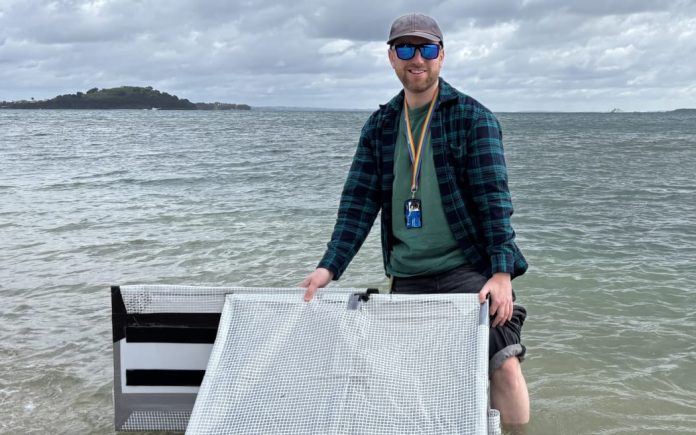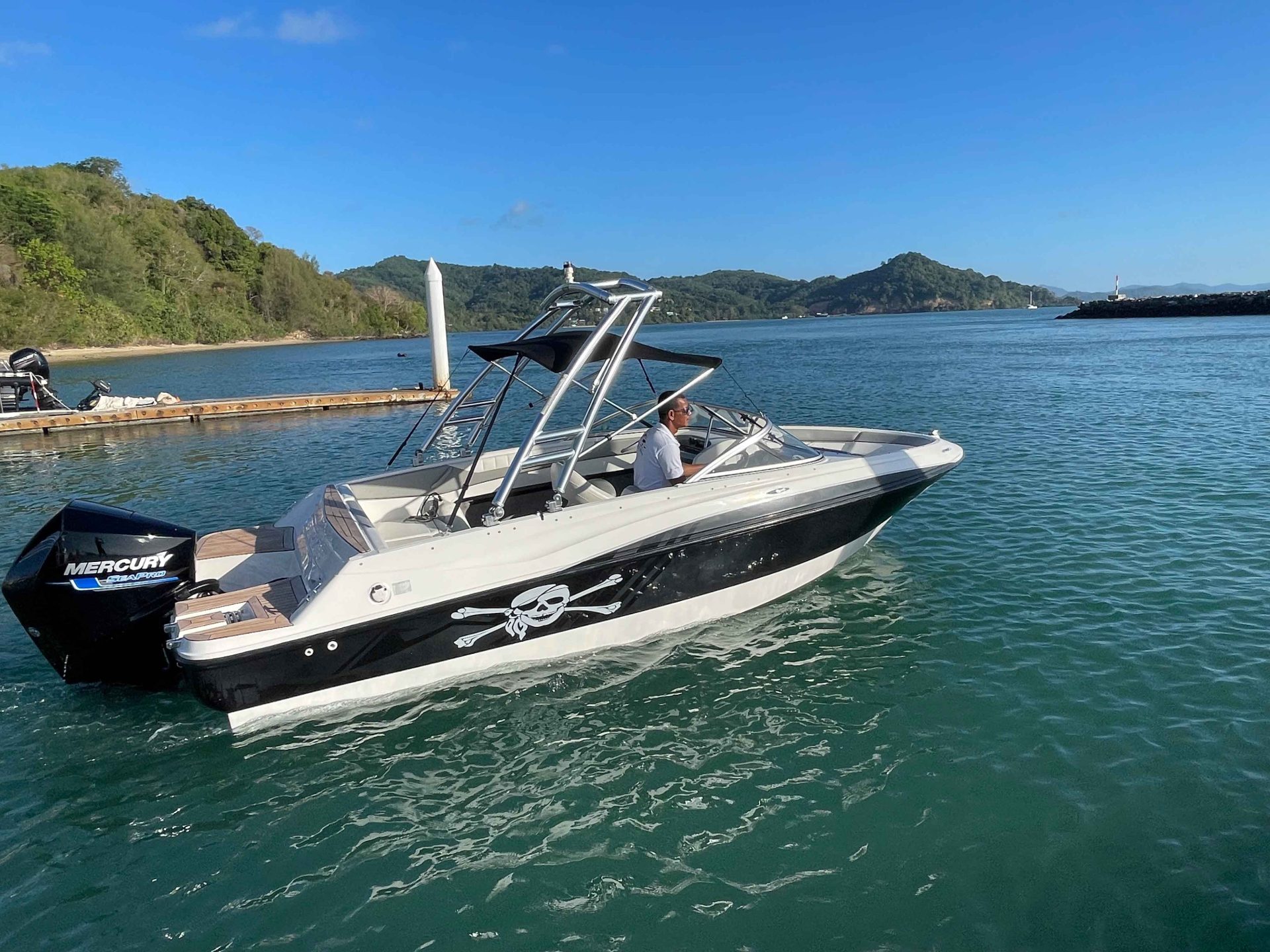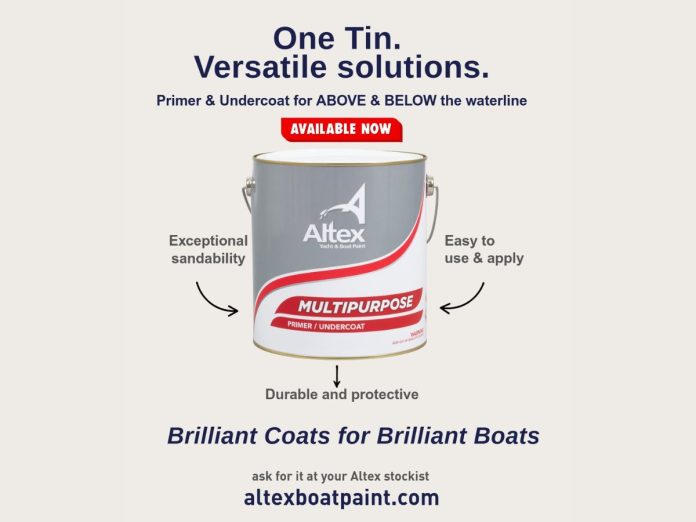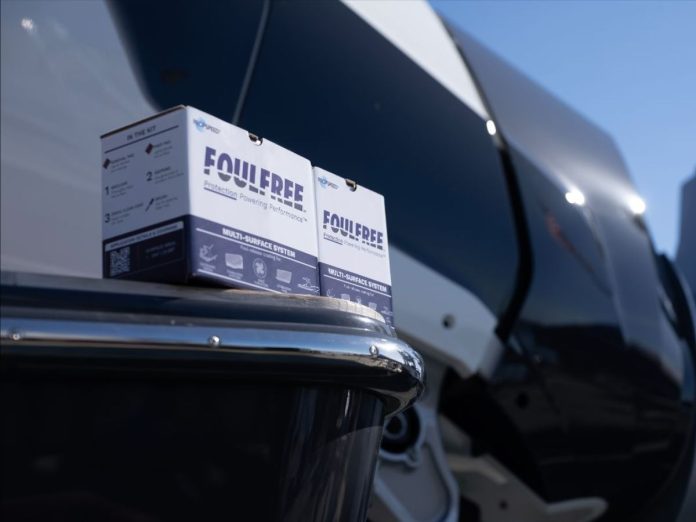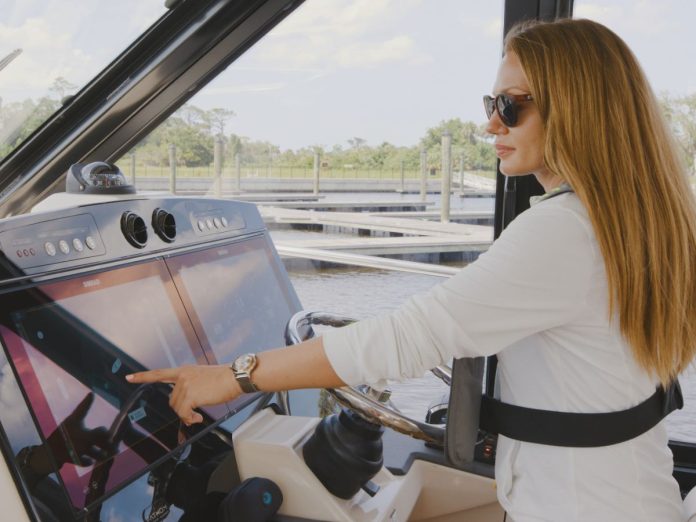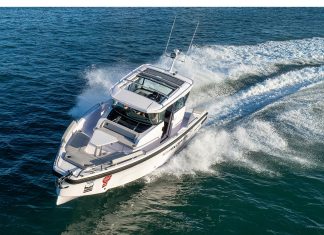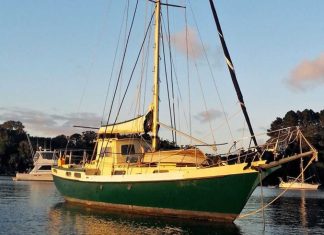Now imagine you have a device that can do that. It needs no batteries, can be folded away until required, and can be detected by not just traditional radar, but a kind of radar used by satellites, meaning you can be spotted anywhere there’s one passing overhead.
Dr Tom Dowling stands in the gentle wash of waves at Mission Bay
There are many steps to go before the team can turn the device into a viable product. As well as working out how to manufacture them en masse from more durable materials, while keeping costs low, there’s the problem of accessing the satellite data – much of it owned by commercial companies.
Listen to this article as a recording.
“There is what I would describe as a patchwork system at the moment,” Tom says. “So we’re still working on that and exactly how that would look like.”
Even with only a small time delay, search teams will have to rely on drift modelling
“The quicker they get it to us, the more precise that position to search is… What we’ll be able to do is say, this was their position an hour or two ago.” It will still be far more precise than combing a vast swathe of ocean, though. “It will end up in the region of a kilometre or less, I would say.”
Despite the work still ahead of them, there’s already interest both locally and overseas. At a conference in Hawaii, Ella spoke to an attendee from Tonga, who expressed frustration that many of the other technical solutions to the same problem rely on expensive, non-repairable technology, or devices like EPIRBS that require shipping in batteries.
With the SAR4SaR, she says, “you get one and you have it till you use it and [it’s] super low-tech, so there’s nothing to maintain and it just sits there”.
Tom says the project was also received enthusiastically at the Coastguard New Zealand conference this year. “Everybody in that room went, ‘Oh, yes, please. We can see the immediate use-case.’ …If people out there had this, we would be able to find them much faster, much more easily.”
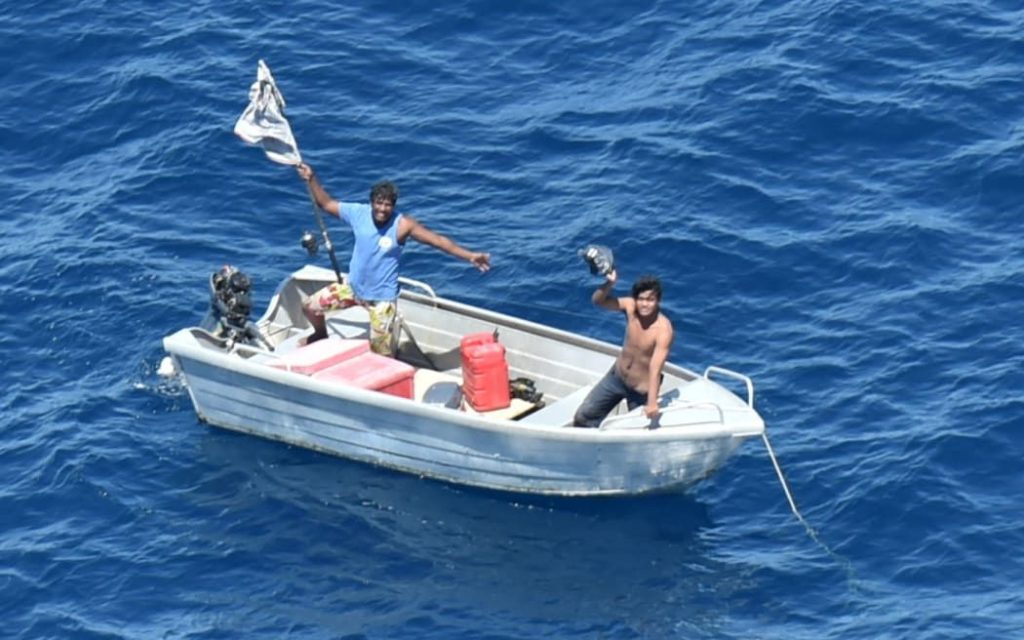
A few months ago, researchers and the New Zealand Defence Force successfully tested the latest prototype of just such a device, called SAR4SaR, in a final sea trial.
“There were tears all around,” NZDF’s Defence Science and Technology (DST) director Dr David Galligan says.
“I got a picture through of the snap that they got back from the radar satellite and you could very clearly see the bright spots on the water.”
The hope is that one day, a SAR4SaR device could be carried on even the smallest of boats – and save lives.
Corflute, gaffer tape and plastic sheeting have been fashioned into two triangular wedges and fastened back-to-back, with aluminium foil lining the corners. It looks like something cooked up in a home garage, or at a Scout camp – but this is the successful SAR4SaR prototype, developed from nearly two years of field trials and plenty of design work before that.
SAR4SaR was developed as a joint project between DST and The University of Auckland’s Space Institute, where Tom works with his research assistant Ella Fasciana.
Dr Tom Dowling stands in the gentle wash of waves at Mission Bay beach in Auckland, trouser legs rolled to his knees, holding an odd-looking object steady on the surface.
Corflute, gaffer tape and plastic sheeting have been fashioned into two triangular wedges and fastened back-to-back, with aluminium foil lining the corners. It looks like something cooked up in a home garage, or at a Scout camp – but this is the successful SAR4SaR prototype, developed from nearly two years of field trials and plenty of design work before that.
SAR4SaR was developed as a joint project between DST and The University of Auckland’s Space Institute, where Tom works with his research assistant Ella Fasciana.
If there was a way to pinpoint a smaller search area, that could help with both – and that’s where SAR4SaR comes in. The name stands for Synthetic Aperture Radar for Search and Rescue, and it makes use of an imaging technology already used by satellites.
With traditional radar, the bigger the antenna, the higher resolution the view, but a satellite or aircraft can’t carry a big rotating antenna like a ship might have.
“Back in the 50s and 60s, they came up with this very cunning idea where you use the motion of the aircraft to create the length of your antenna,” Tom Dowling explains. “So the synthetic aperture part of synthetic aperture radar is the way in which we create a giant kilometre-long antenna due to the motion of the spacecraft or the aircraft to let us do this really high-resolution radar work.”
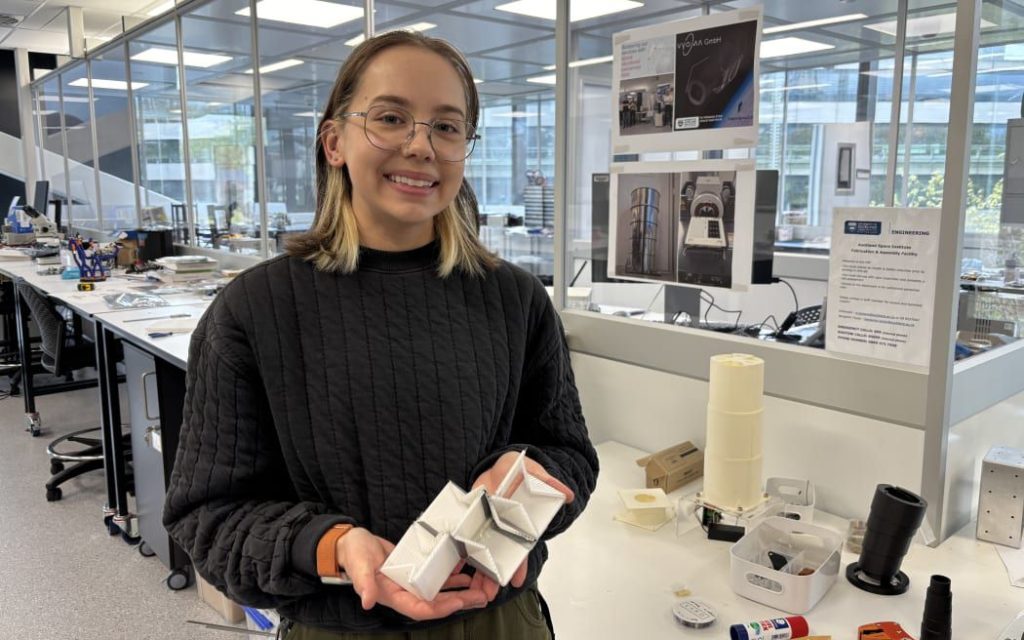
To make SAR4SaR work, whatever device the team developed needed to be detectable by that synthetic aperture radar, even in stormy oceans.
“The key thing here is that we’re exploiting some really neat fundamental physics, which is these corner reflectors,” Tom says. The surfaces of each of the foil-lined corners on the device are at 90-degree angles to each other, and when the electromagnetic pulse from a satellite hits the surface, it will bounce. “If you’ve designed that surface correctly … what you get is this huge magnification, essentially, of the energy return. All the radar that’s hitting it all gets collected and all of it gets bounced right back to the satellite.”
On the radar image, that combines with the movement of the ocean to appear as an extremely bright starburst, he says. “It’s the radar equivalent of lighting a flare and waving it above your head – it just makes you super visible.”
It makes use of complex technology, but SAR4SaR’s origins are much more humble. In the Space Institute lab, Ella Fasciana brings out a plastic lunchbox filled with little objects folded from bright origami paper: her earliest experiments to find a shape that could fold flat, but pop out to create the corners needed to reflect that radar signal.
“Starting with paper was really easy to just work with and really quick to assemble,” she says. Anything that looked promising could be drawn in CAD (computer-assisted design) and then run in a computer model that would tell her whether or not the shape would lead to that starburst effect.
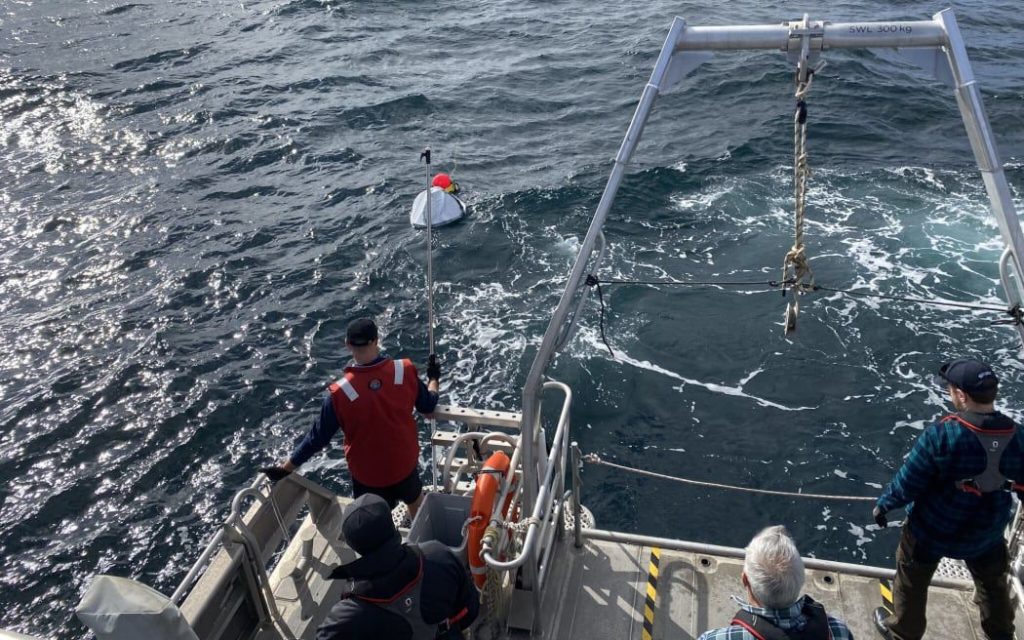
As well as reflecting radar, the device needed to fulfil some other criteria: it had to be something that could fold down flat and small, so it could be easily stowed on even a small boat; it needed to unfold quickly in an emergency; and it needed to be relatively cheap to make but still waterproof and tough enough to withstand rough seas.
The most promising designs were prototyped from similarly cheap materials – the corflute and gaff tape – and then began many rounds of testing.
Earlier this year, the Navy took one of the SAR4SaR prototypes down to the Southern Ocean to test it near sub-Antarctic Campbell Island. They wanted to prove two things, Tom says: first, that the radar reflectors still worked at high latitudes, where the angles change, and second, that it could withstand rough conditions.
“The gusts were up to 50 knots, which was spicy, it’s fair to say, and these things were spinning around like crazy, which then led us to realise we need to add some more design elements to help keep them more stable on the sea surface.”
More prototyping and testing followed across June and July 2025 at Omaha beach, finally resulting in what Tom calls the “offset caterpillar” design of two wedges attached back-to-back with a half-width offset.
“It was just three weeks non-stop with no break whatsoever: back out on the water, cool, that mechanical fix worked great, build another set of test versions and then out on the water for the big final trial.”
Commercial satellites, an Airforce Poseidon and the University of Auckland research vessel were all involved in that final trial.
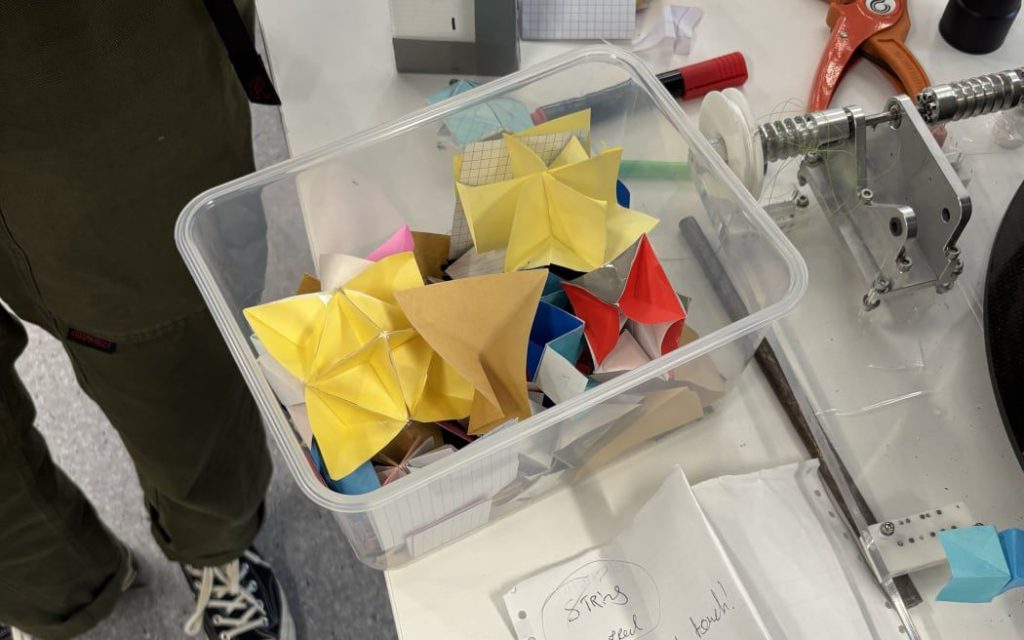
“That’s a lot of people doing a lot for us,” Tom says. “I’m very pleased to say that after a very stressful month or two, we did have something that worked spectacularly well.”
There are many steps to go before the team can turn the device into a viable product. As well as working out how to manufacture them en masse from more durable materials, while keeping costs low, there’s the problem of accessing the satellite data – much of it owned by commercial companies.
“There is what I would describe as a patchwork system at the moment,” Tom says. “So we’re still working on that and exactly how that would look like.”
Even with only a small time delay, search teams will have to rely on drift modelling
“The quicker they get it to us, the more precise that position to search is… What we’ll be able to do is say, this was their position an hour or two ago.” It will still be far more precise than combing a vast swathe of ocean, though. “It will end up in the region of a kilometre or less, I would say.”
Despite the work still ahead of them, there’s already interest both locally and overseas. At a conference in Hawaii, Ella spoke to an attendee from Tonga, who expressed frustration that many of the other technical solutions to the same problem rely on expensive, non-repairable technology, or devices like EPIRBS that require shipping in batteries.
With the SAR4SaR, she says, “you get one and you have it till you use it and [it’s] super low-tech, so there’s nothing to maintain and it just sits there”.
Tom says the project was also received enthusiastically at the Coastguard New Zealand conference this year. “Everybody in that room went, ‘Oh, yes, please. We can see the immediate use-case.’ …If people out there had this, we would be able to find them much faster, much more easily.”
,








